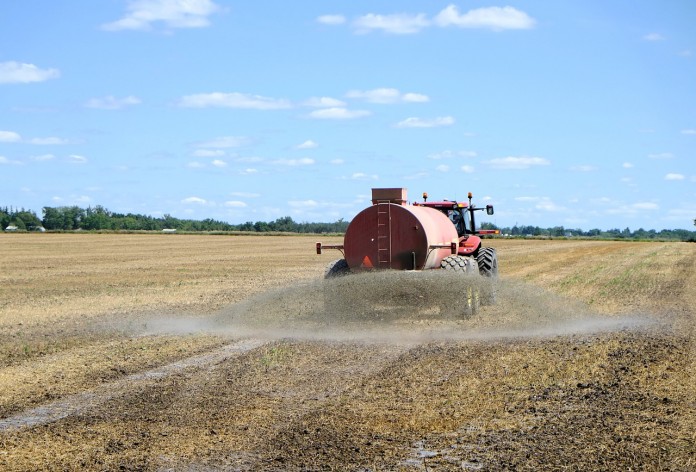By Erica White
As I sat down for what seemed like forever trying to think of a topic for this article, of course, all the Conservation Commandments came to mind: cover crops, no-till and soil health. Then, I wondered: what about precision agriculture practices?
Through my time at Ashland Soil and Water, it has been ingrained in my mind we have to manage our nutrients and be mindful of our applications. This is extremely important for the future of our land and water.
Unfortunately, sometimes it seems we are trying to do all of this while the farmer is making little to no profit. We need practices that make economic sense to our farmers.
Now, we know the commandments mentioned above pay off, but I think it is equally important to use more technology to help us narrow down every acre economically for our rates and application timing.
Grid sampling, forecasting and economic crop models, variable rate applications; these are all tools available for use. All are proven to show results and help manage our nutrients and applications.
One of my favorite examples I have heard is: Imagine you are in a math class and one person has to take the test for the whole class. Now, this may turn out great, because maybe this said person is terrific at math. But what if the person who is chosen is terrible?
I think this is a valuable point when considering grid sampling and variable rate applications, which directly ties back to nutrient management. From an economic standpoint, this practice can easily pay off just by saving your input cost of your fertilizer, while contributing to nutrient management.
This happens because now we are not putting nutrients out where they are not needed.
Recently at the Ashland Soil and Water office, we have had the opportunity to use crop modeling tools. I am eagerly looking forward to using these tools and seeing the effects they have on management systems.
I believe these tools are excellent for looking ahead and seeing if applications will really pay off or not. These are great resources for managing nutrients and analyzing economic return and loss. In some cases, this may be the deciding factor to see if you want to plant a cover crop or convert fields to no-till.
I encourage you to reach out to your local soil and water office and see what types of conservation programs, cost-share programs and precision ag technologies they have available for you. We love getting input and hearing new ideas on programs we can offer to better our counties.
(Erica White is a district technician at Ashland Soil and Water Conservation District.)













